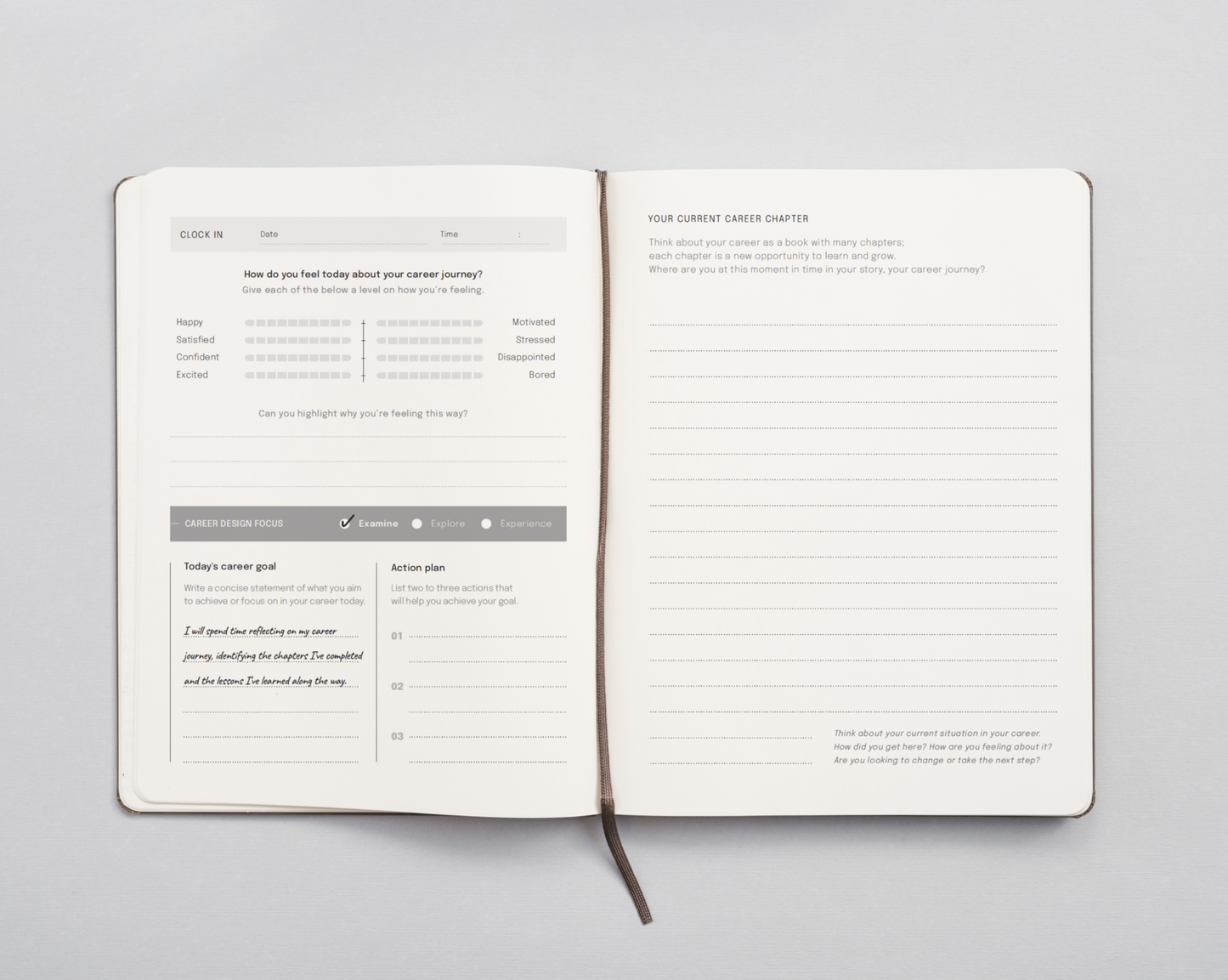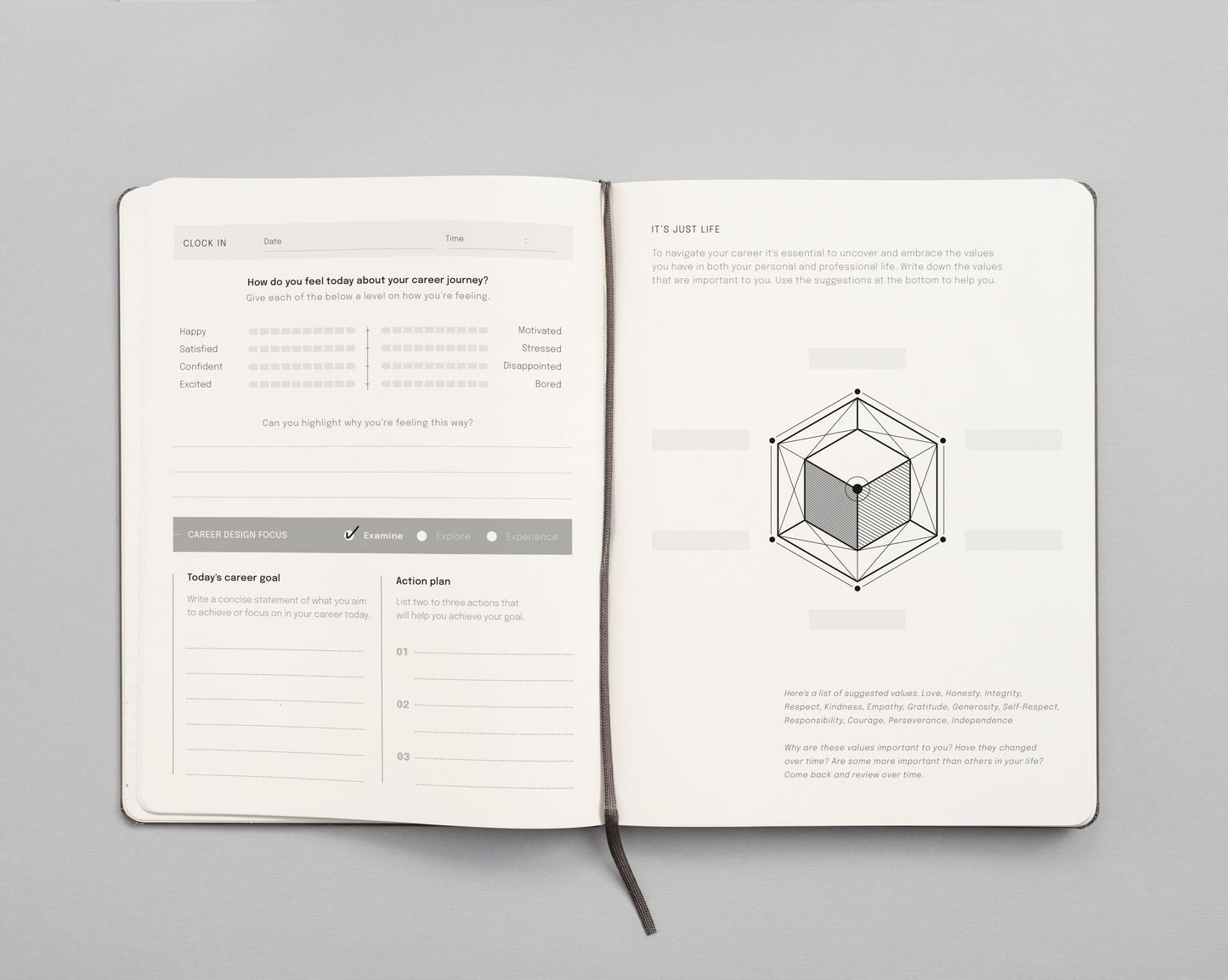We’ve all set ambitious goals, worked tirelessly toward them, and still felt like something was missing when we didn’t reach them. The pressure to achieve can sometimes make us lose sight of why we started in the first place. If that sounds familiar, you're not alone. Many professionals struggle to balance the drive for success with the desire for clarity and fulfillment.
Instead of focusing only on outcomes, setting intentions offers a refreshing shift. Unlike goals, which are about the result, intentions focus on how you want to show up, what values you want to live by, and the person you want to become. It’s a mindset that aligns with purpose, not just productivity, and it can bring lasting transformation to your personal and professional growth.
Why Intentions Over Goals?
• Flexibility Over Rigidity
Goals are specific and measurable, which can sometimes box us into a narrow path. Intentions, on the other hand, provide direction while allowing space for growth and change. For instance, instead of setting a goal like “Get a promotion by December,” you might set an intention to “Show up as a confident and proactive leader.” This intention remains relevant even if circumstances shift.
• Focus on the Present
While goals often pull us into the future, intentions anchor us in the present. By focusing on how you want to act and feel right now, you cultivate mindfulness and reduce the stress of unmet expectations. A study by Psychology Today highlights that living with intention can significantly enhance well-being and life satisfaction.
• Alignment with Core Values
Intentions are deeply personal and tied to your values. They’re less about external validation and more about internal alignment. For example, if you value connection, your intention might be to “foster meaningful relationships” rather than setting a numerical target for networking events.
How to Set Intentions
1. Reflect on Your “Why”
Begin by understanding what truly matters to you. Ask yourself:
What do I value most in my personal and professional life?
How do I want to feel each day?
What kind of impact do I want to create?
For example, if you value creativity, your intention could be to “approach each project with curiosity and innovation.”
2. Keep It Simple and Specific
While intentions are flexible, they should also be clear. Avoid vague statements like “Be better” and aim for something actionable, such as “Cultivate patience in challenging situations.”
3. Revisit Regularly
Intentions are dynamic and may evolve as you grow. Set aside time weekly or monthly to reflect on your progress and adjust as needed. Journaling can be a powerful tool for this practice.
Practical Examples
Here are a few examples to inspire you:
Instead of: “Lose 10 pounds.”
Try: “Nurture my body with healthy food and regular movement.”
Instead of: “Land five new clients.”
Try: “Build genuine relationships and add value to potential clients.”
Instead of: “Read 20 books this year.”
Try: “Immerse myself in learning that sparks joy and curiosity.”
Setting intentions isn’t about abandoning goals altogether; it’s about enriching the process with purpose and flexibility. Intentions guide us to live in alignment with our values, creating a sense of fulfillment that rigid goals often fail to provide.
So, the next time you feel overwhelmed by the pressure to achieve, pause and ask yourself: “What is my intention?” By embracing this mindset, you’ll find not only clarity and balance but also a deeper connection to your journey of growth.








